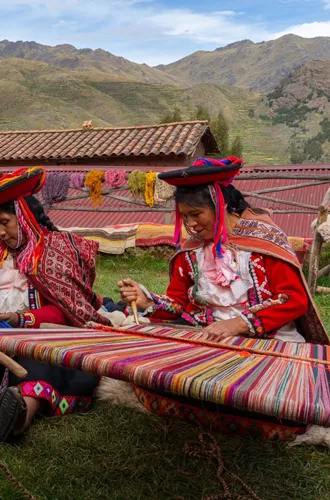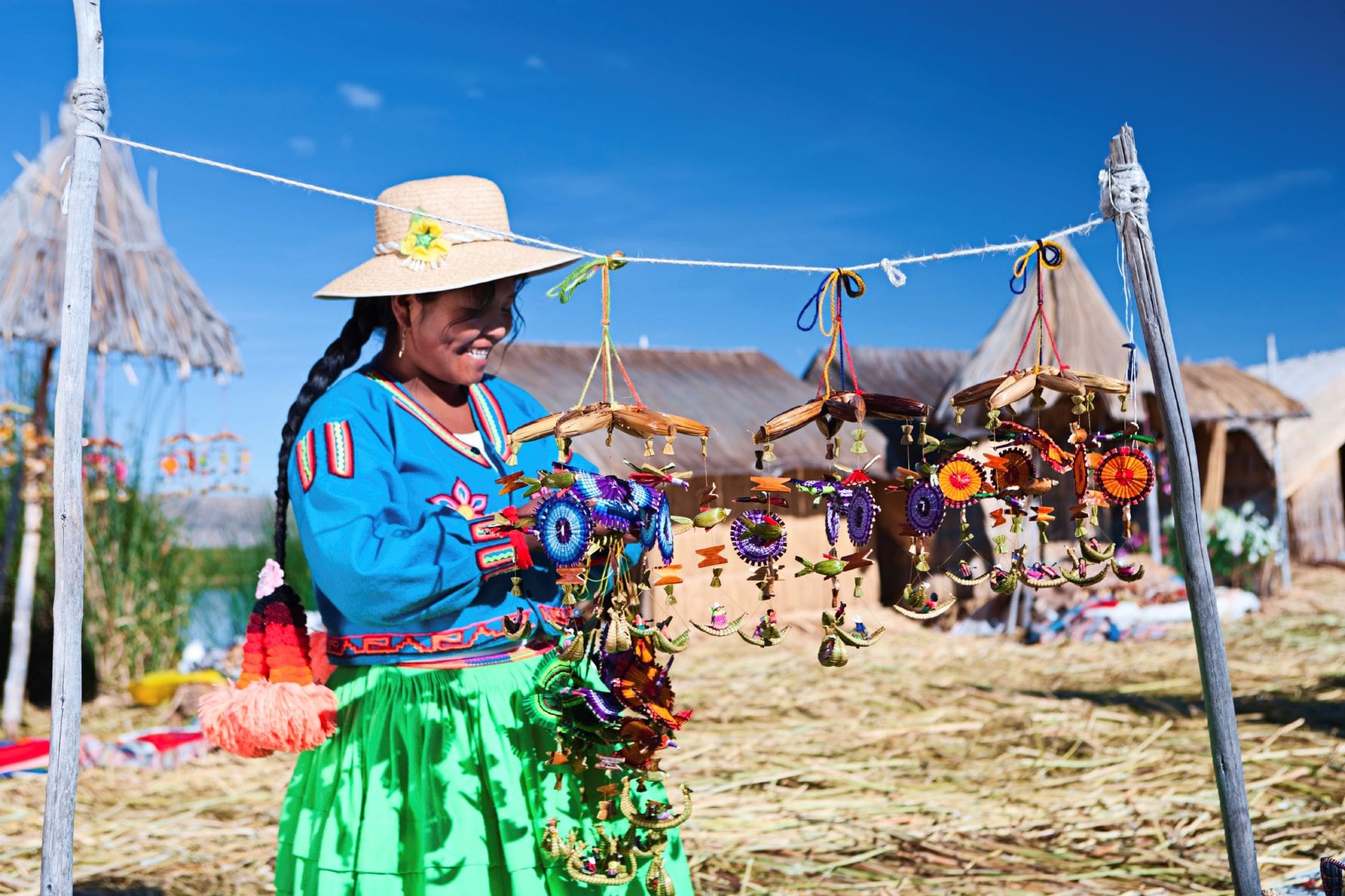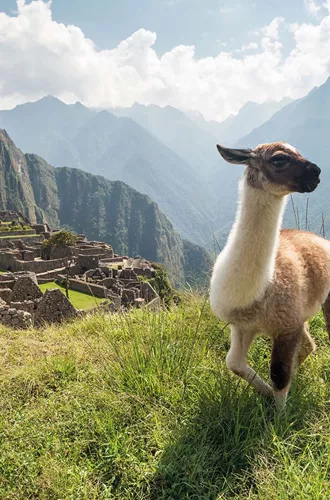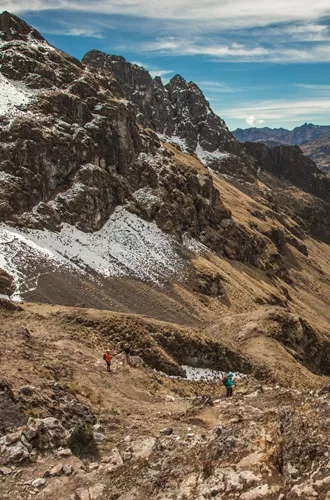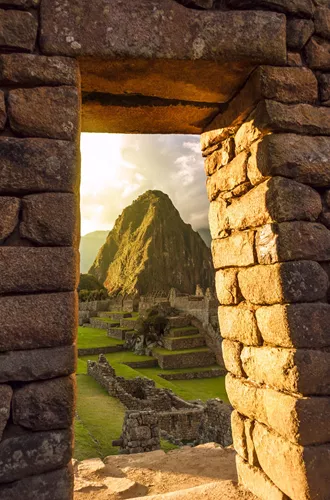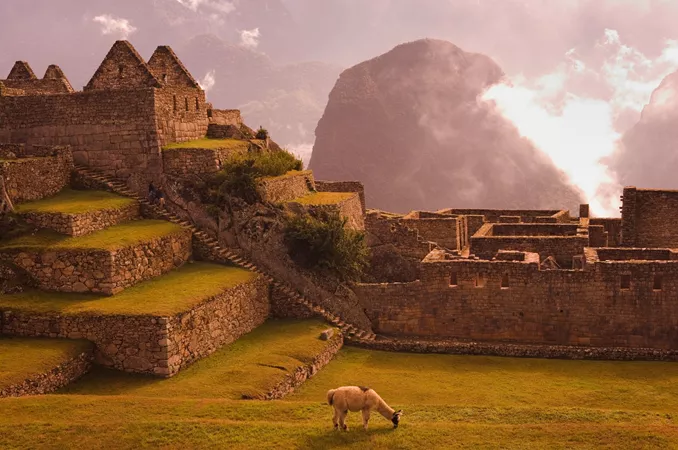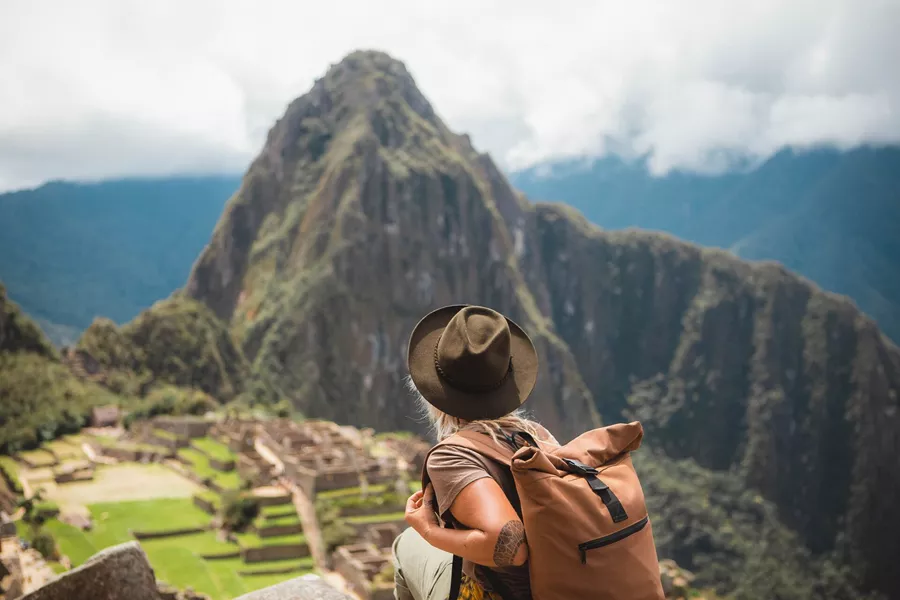Most Peruvians are Roman Catholic, a remnant of Spanish colonisation. Catholicism is deeply integrated into daily life in Peru. Many Peruvians, especially in the Andes, practice a form of syncretism, combining Catholic rituals with traditional Andean practices. For example, it's common to see offerings to Pachamama (Mother Earth) alongside Catholic ceremonies.
When visiting religious sites, such as churches or indigenous sacred places, dress modestly and behave respectfully. Always ask permission when taking photos in sacred sites.


